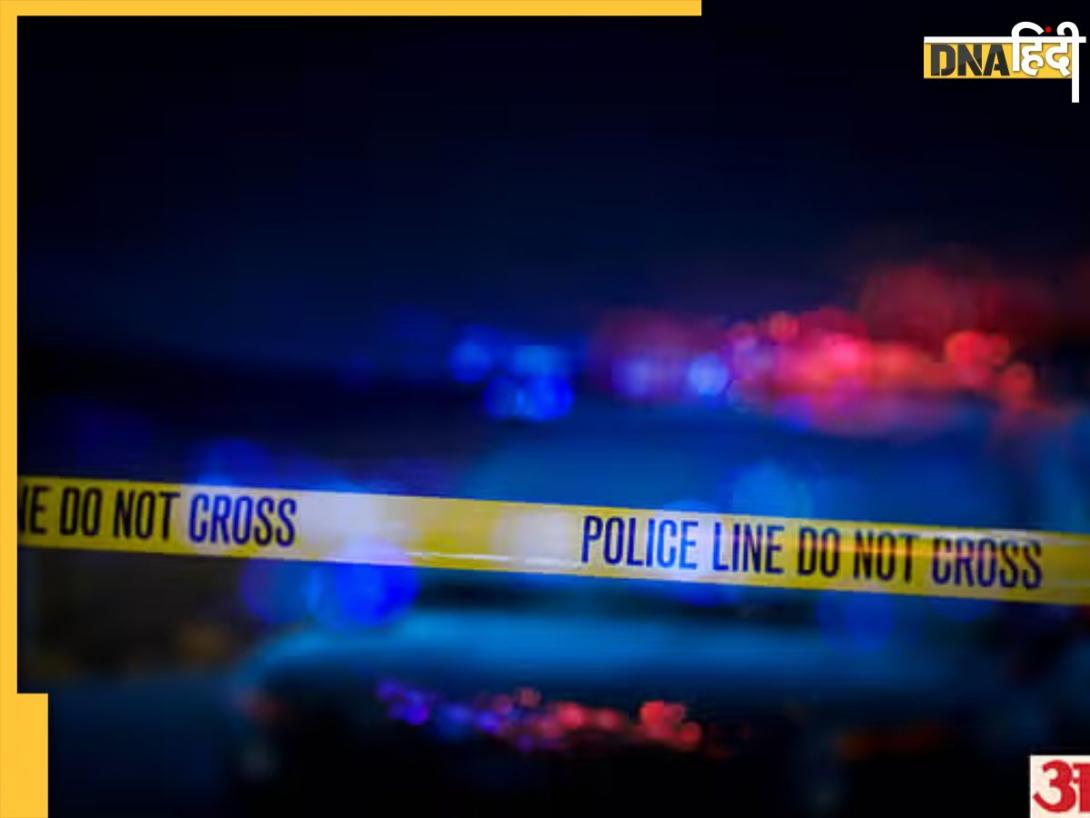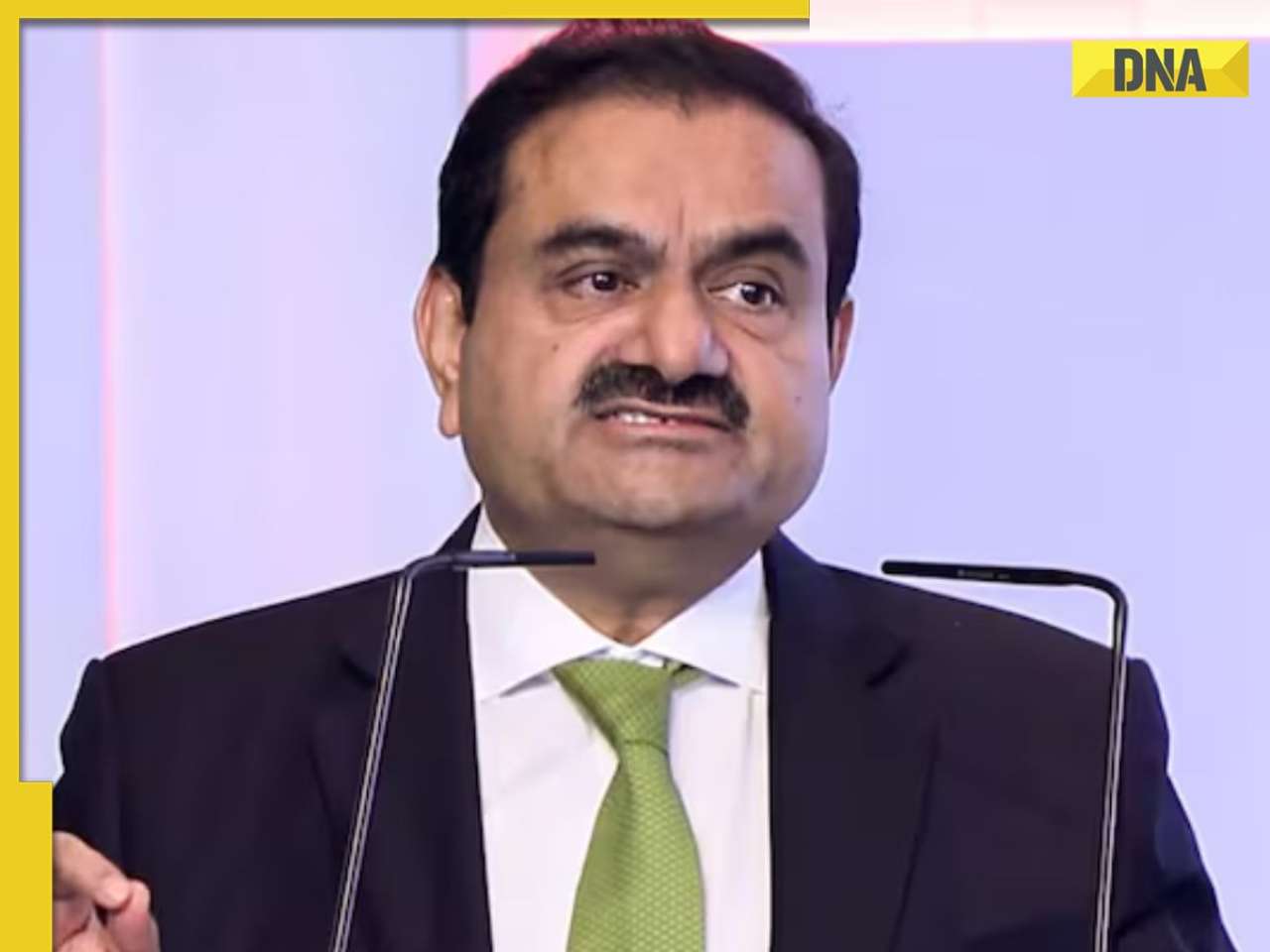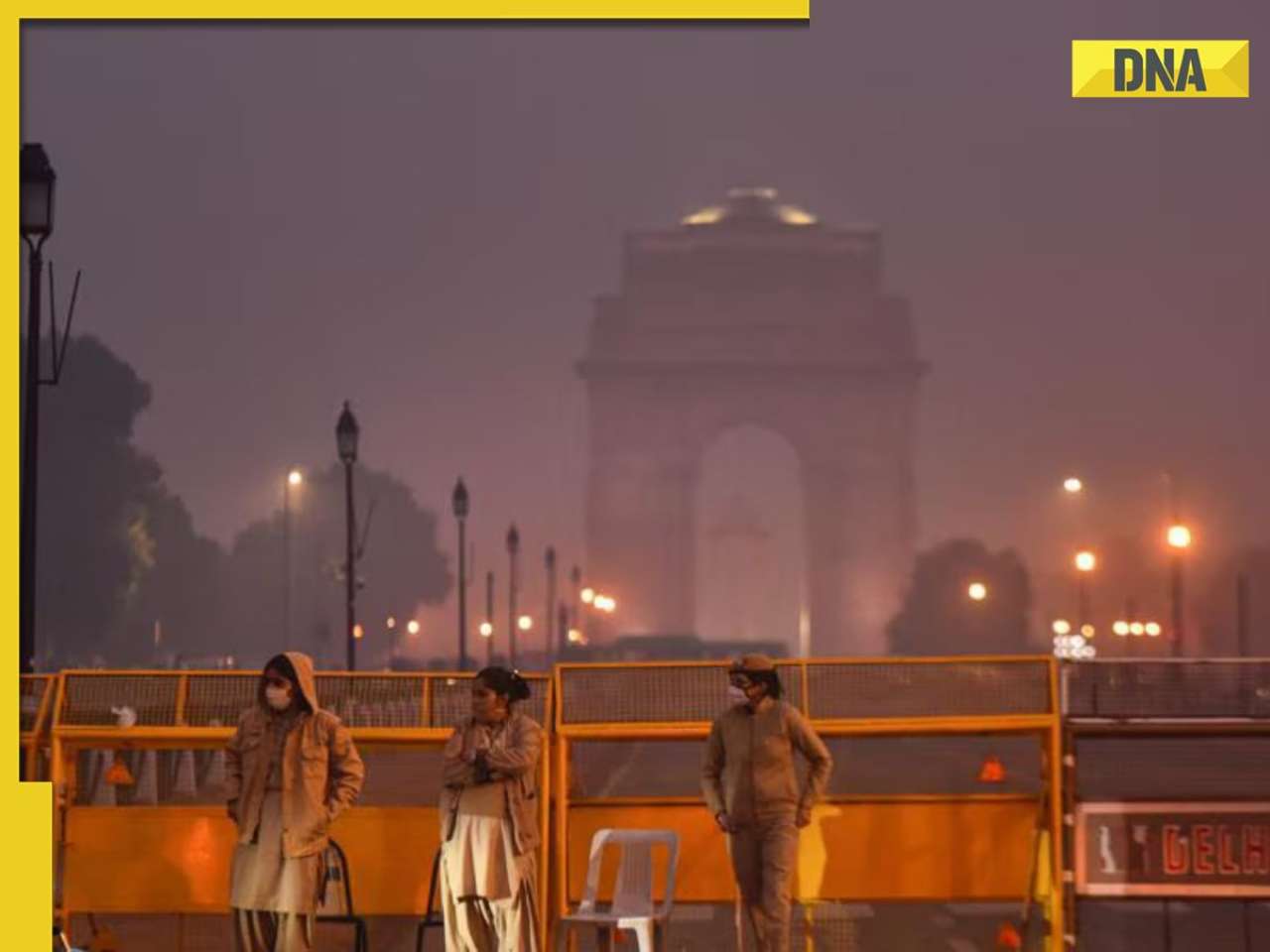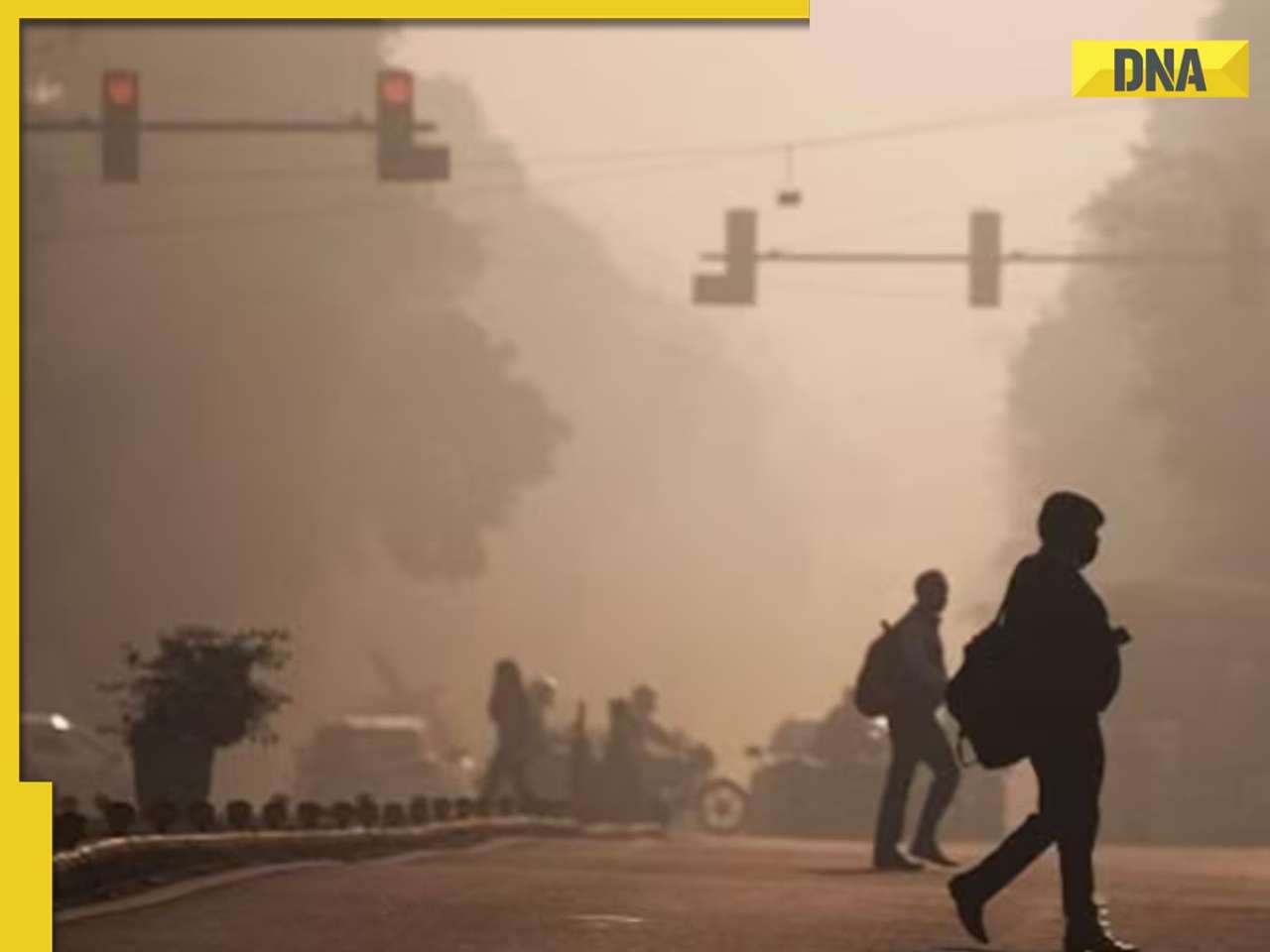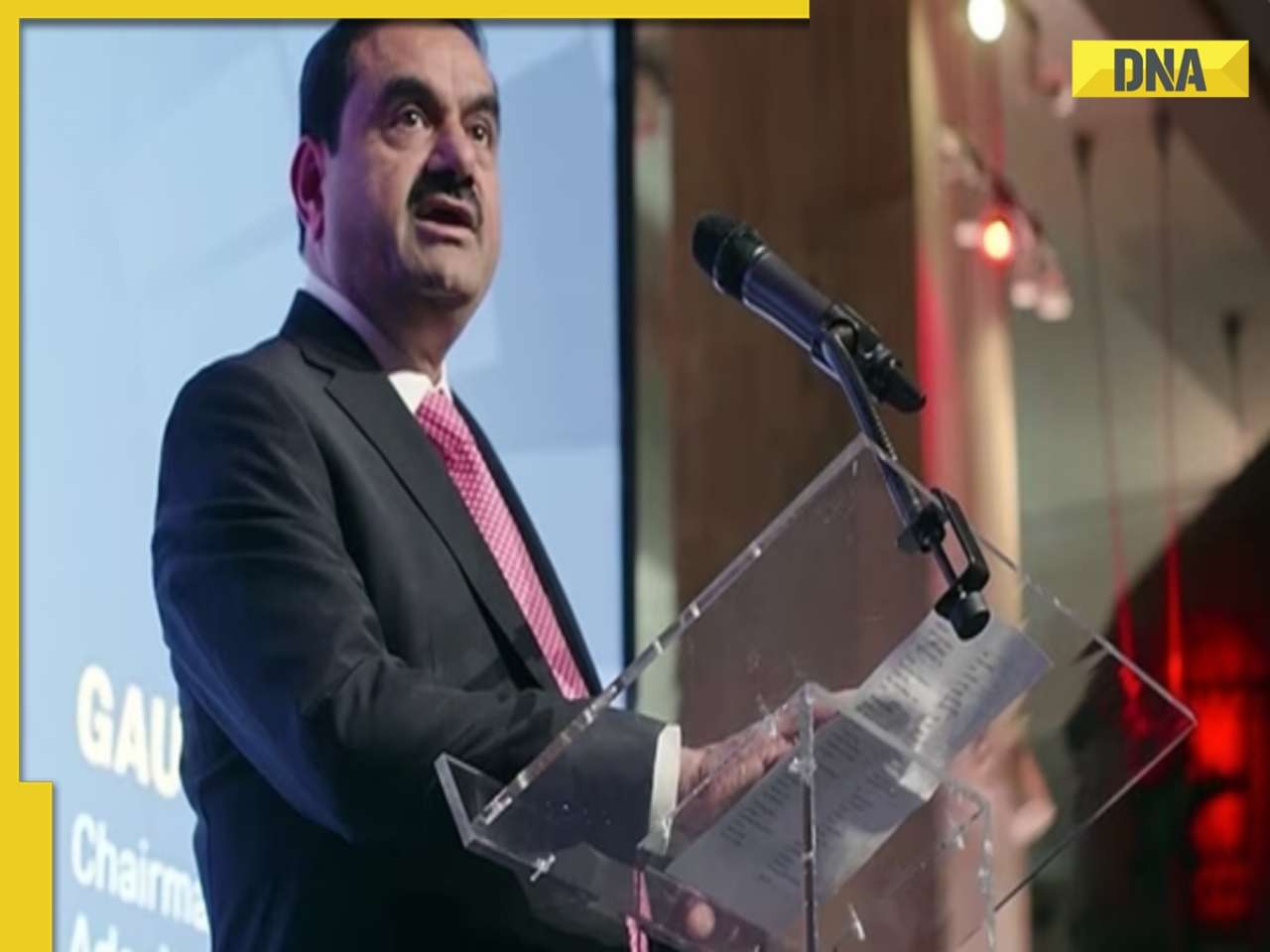- LATEST
- WEBSTORY
- TRENDING
INDIA
Zawer and REECO Radars: Technological lifelines in Wayanad flood disaster
The Wayanad region is currently grappling with catastrophic floods, leading to widespread destruction and significant loss of life. In response to this crisis, Indian Air Force helicopters, including the Mi-17V5 and ALH, are tirelessly conducting rescue operations.
TRENDING NOW
The Wayanad region is currently grappling with catastrophic floods, leading to widespread destruction and significant loss of life. In response to this crisis, Indian Air Force helicopters, including the Mi-17V5 and ALH, are tirelessly conducting rescue operations.
Additionally, advanced search equipment, including one ZAWER and four REECO radars from Siachen and Delhi, have been airlifted by AN-32 aircraft for deep search missions. As efforts to restore essential services continue, the Zawer and REECO radars emerge as potential lifesavers in locating missing individuals amid the chaos.
Zawer: Cutting-Edge GPR Technology
The Zawer radar, developed by the Defence Geoinformatics Research Establishment (DGRE) for the Indian Army, is a portable ground-penetrating radar (GPR) system. This technology is designed to detect buried objects, making it invaluable in such disaster-stricken areas as Wayanad.
Ground-penetrating radar operates by emitting high-frequency electromagnetic waves into the ground. These waves reflect back upon hitting a buried object or material boundary and are detected by a receiver. The reflection time helps determine the depth and shape of the object. The Zawer radar boasts high resolution and is capable of precisely detecting small objects. It is effective in various terrains, including soil, rock and debris and its lightweight design ensures it can be easily deployed in remote or rugged locations.
REECO: Enhancing Search and Rescue
Alongside the Zawer radar, four Swedish-make REECO radars have been deployed to aid in the search-and-rescue operations. The army has deployed basic avalanche victim detectors equipped with ground-penetrating radars. However, sources indicated that advanced systems, which include transponders, allow for quicker detection. This technology is being utilized in Wayanad.
Each Recco system will be equipped with 150 transponders. These transponders, integrated into outdoor gear, act as passive reflectors, meaning they do not emit signals themselves but reflect incoming radar signals. This enhances the efficiency of search-and-rescue operations by making it easier and faster to locate individuals in emergencies, especially in avalanche situations.
The Recco radar system includes two main parts: a detector and a reflector. The detector sends out radar signals, much like a flashlight beam. When these signals hit a Recco reflector, they bounce back to the detector, helping rescuers find the person. The signal gets stronger as the detector gets closer to the reflector, making it easier to pinpoint the location. Recco reflectors are lightweight, passive and do not need any power, making them perfect for use in clothing and gear for search-and-rescue missions.
When a person is trapped in snow or buried in debris, such as in incidents like those in Wayanad, the first 25 minutes are crucial for survival, according to the source. After this period, the chances of survival decrease significantly and locating the individual becomes challenging. So, each soldier is equipped with three transponders, the sources stated, adding that these new systems greatly enhance the effectiveness of detecting and rescuing soldiers in similar scenarios.
Lifesaving Applications in Wayanad Floods
The Wayanad floods have caused widespread devastation, with landslides and flooding leading to over 350 deaths and many more feared missing. Traditional search methods face challenges due to the destruction of infrastructure. The Zawer and REECO radars provide a technological edge in search-and-rescue operations. Both radars can penetrate soil and debris to identify anomalies indicating human remains, or any trapped members of rescue teams which is vital in high-casualty areas like Mundakkai.
Ethical Considerations in Deploying GPR
Using GPR in disaster scenarios brings ethical considerations that must be prioritized to respect the deceased and their families. The deceased should be treated with the utmost respect during recovery and the privacy of victims and their families should be protected. Close collaboration with the local authorities and communities is essential for maintaining cultural and ethical standards.
The Role of Overdevelopment and Tourism
Over-development and rapid tourism growth in Wayanad have exacerbated the impact of natural disasters. The construction of tourist resorts, home-stays and zip-lining stations in ecologically sensitive areas has increased the risk of landslides and floods. Deforestation and construction in fragile areas disrupt the natural balance, increasing vulnerability to such disasters. Removing forest cover and obstructing water run-offs heighten the risk of landslides and floods in regions prone to heavy rainfall. Reports warning against over-development have often been ignored, leading to devastating consequences.
The Path Forward: Promoting Sustainability
The Zawer and REECO radars represent significant advancements in search-and-rescue technology, offering potential lifesaving capabilities in the Wayanad floods. However, their deployment requires careful planning, ethical considerations and collaboration between various agencies. Rescue teams need to be adequately trained to operate these radars effectively.
Establishing clear protocols for collaboration between different agencies is essential, along with continuous feedback gathering and improving deployment strategies. Addressing the impact of overdevelopment is crucial to mitigating future risks and protecting vulnerable communities. The Zawer and REECO radars symbolize technological progress and a commitment to humanitarian values in times of crisis. By focusing on these aspects, we can not only enhance our response to current disasters, but also build resilience against future threats.
(Disclaimer: The views expressed above are the author's own and do not reflect those of DNA)
(The author of this article is a Defence, Aerospace & Political Analyst based in Bengaluru. He is also Director of ADD Engineering Components, India, Pvt. Ltd, a subsidiary of ADD Engineering GmbH, Germany. You can reach him at: girishlinganna@gmail.com)
Find your daily dose of news & explainers in your WhatsApp. Stay updated, Stay informed- Follow DNA on WhatsApp.







)
)
)
)
)
)
)
)
)
)
)
)
)
)
)
)































